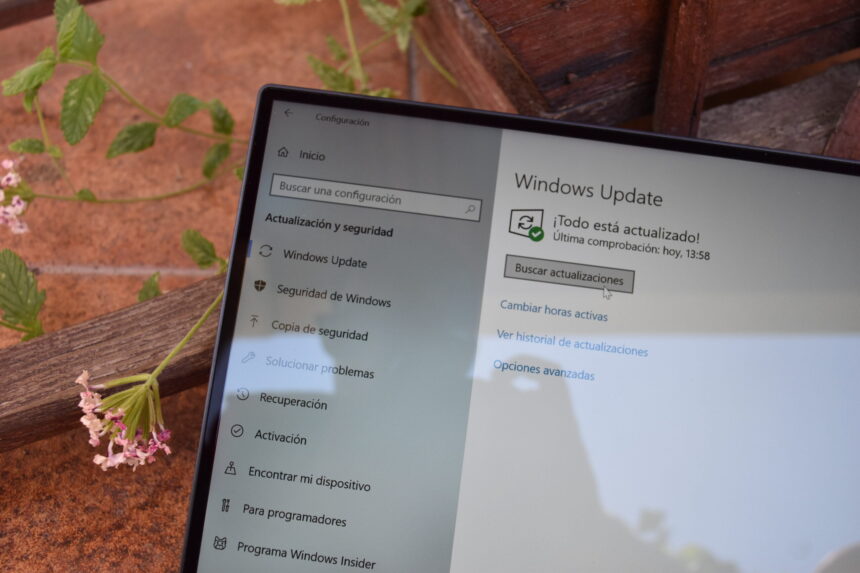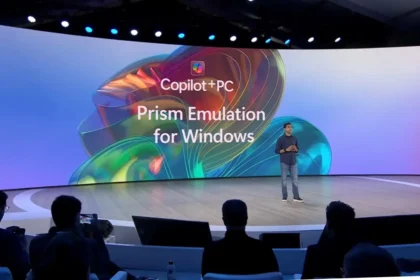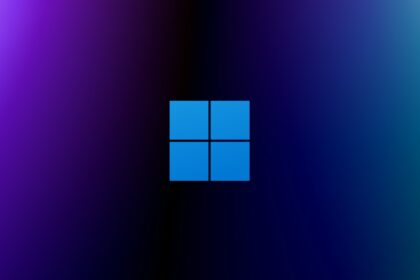Microsoft has unveiled a new update management platform that will allow developers to deliver updates for virtually any application through Windows Update. This is a major shift in how apps can be maintained on Windows, and it subtly highlights a broader issue: the Microsoft Store hasn’t seen the adoption Microsoft had hoped for, prompting the company to rely more on its trusted update infrastructure.
What’s Changing in Windows Update?
Until now, Windows Update has primarily focused on the operating system, security patches, and core drivers. With this new system, developers—even those outside Microsoft—can push updates for their own applications via the same centralized mechanism. This promises to streamline software maintenance, particularly in enterprise environments.
Key Benefits of the New System
- Smart Scheduling: Developers will be able to schedule updates based on factors like user activity, battery level, or even energy efficiency settings—ideal for reducing disruption.
- Seamless Integration: Third-party apps updated through this system will appear in the same update history as Windows updates, and users will receive native system notifications.
- Broad Compatibility: The platform will support various app formats, including MSIX, APPX, and some custom Win32-based applications.
Why This Matters
In the past, Microsoft encouraged developers to distribute their apps through the Microsoft Store. But many businesses preferred to manage their own distribution, often using custom updaters or background installers. This new option through Windows Update could change that—offering a more secure and consistent method of keeping software up to date, especially in corporate settings.
For everyday users, the benefits are clear: fewer pop-up reminders, fewer background processes, and fewer risks associated with outdated software or third-party installers. Applications using this platform will also benefit from improvements and optimizations rolled out with future Windows Updates.
What’s Next?
This new orchestration system is currently in testing, but if adopted widely—especially by major developers like Adobe—it could lead to a more unified and secure experience across all Windows machines. Microsoft is effectively giving Windows Update a much-needed evolution, aiming to make it the single hub for keeping both the system and apps current.











